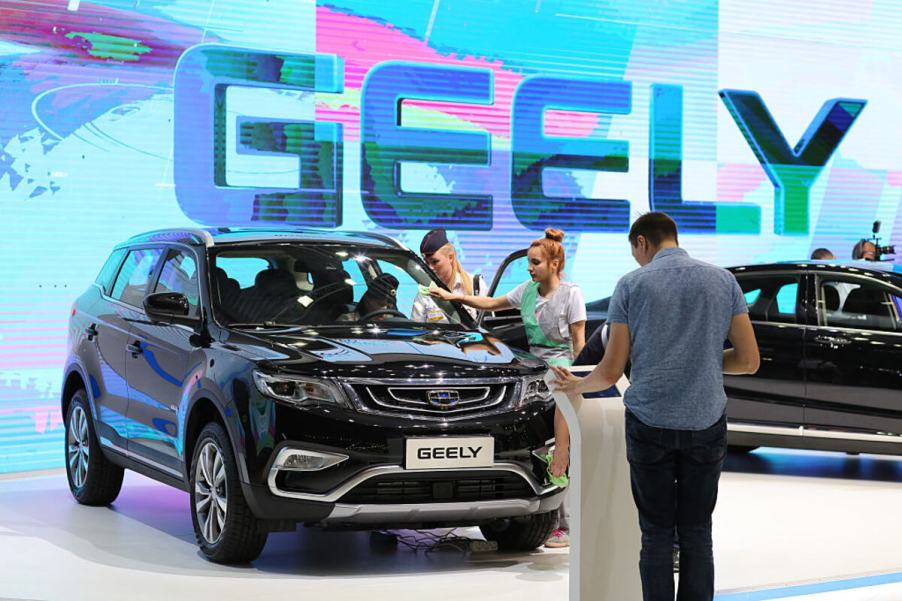
China-Built Car Tariff Loophole Opens Floodgates For U.S. Entry
As you probably know, China-built cars require America’s 25% tariff for importation. That’s one of the reasons we haven’t seen an influx of Chinese EVs in the U.S. There are more roadblocks to having these vehicles plying U.S. highways. But with that tariff, being competitive in America is a non-starter. Until now.
Automotive News is reporting that one Chinese manufacturer has found a way around this hurdle. And it could set the standard for how the country’s vehicles can speed around the 25% markup, paving the way for an onslaught of the Chinese nation’s cars. The companies are Volvo and Polestar EVs.
How would the Duty Drawback program work for China-built cars?

Both Swedish brands are actually Chinese-owned by Geely. And they get around the penalty through an old trade law, the Duty Drawback program. Since 1789 (!), it provides for foreign-owned companies to recoup the tariffs against vehicles it exports. In Volvo’s case, that would be the EX90 and Polestar 3, both originating from Charleston, South Carolina.
So essentially, the Charleston-made vehicles offset the Geely EVs imported to the U.S., And it is perfectly legal, as Volvo Car USA/Canada President Michael Cottone told Automotive News. He says Volvo “follows government rules and pays required duties on all imported vehicles as we do in all markets we operate.
“Since 2018, Volvo Cars, like other companies, has been subject to and pays increased tariffs on vehicles and auto components imported to the U.S. from China. This is a fundamental part of our global business equation.” So the drawback is legal, and even GM uses it to import the Buick Envision crossover from China into the U.S.
Are there other U.S. tariff loopholes?

Over the decades, manufacturers have found ways to get around U.S. tariffs. In the late-1950s through 1970s, several Japanese automakers imported commercial pickup trucks without beds. Then the U.S.-made beds were attached once the trucks made it to our shores. And with that, they got around the tariffs on commercial vehicles.
When the Ford Transit Connect first came to the U.S., the panel van version came here as a passenger van. Then, the rear windows and seats were taken out, and panels over window openings made it into a panel van. And also got the vehicle around America’s chicken tax on commercial vehicle imports.
So, for the drawback program to be successful, Chinese manufacturers would need to be manufacturing some type of vehicle here to recover already-paid tariffs. Whatever it exports from those assembly plants would offset the vehicles it brings into the U.S. So the Chinese still need to establish a base of operations here for the drawback to work. In other words, it is a carrot that encourages investment in U.S. manufacturing.
What does the Biden administration say about China-built imports?

From a policy standpoint, the Biden administration has made clear its desire to bring manufacturing and development back to the U.S. So there would be no cutting corners for China-built cars. But as Chinese EV sales explode, the enormous income generated gives it a solid base to begin some type of manufacturing facility here.
But cracking that door open could ultimately cause problems for American, Japanese, and European automakers that, with the tariffs, have a strong foothold in America. We’ll see how the drawback program affects the balance of trade should China choose to use it.



